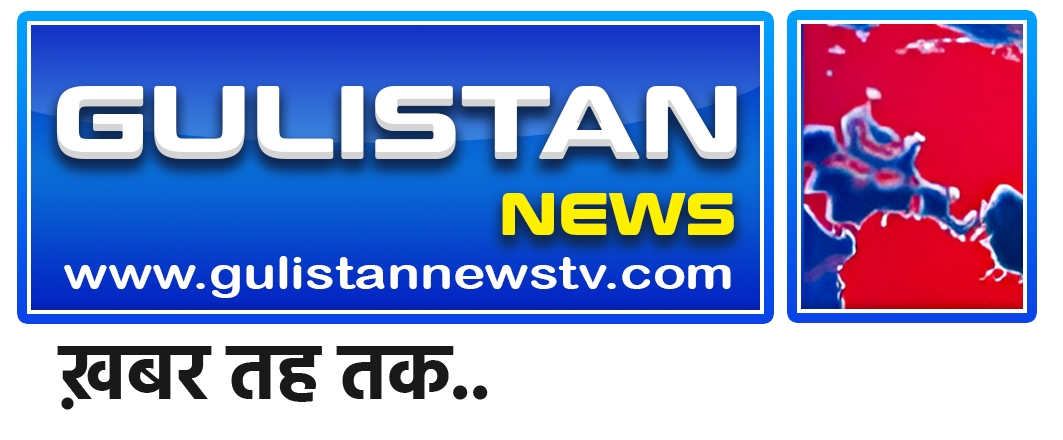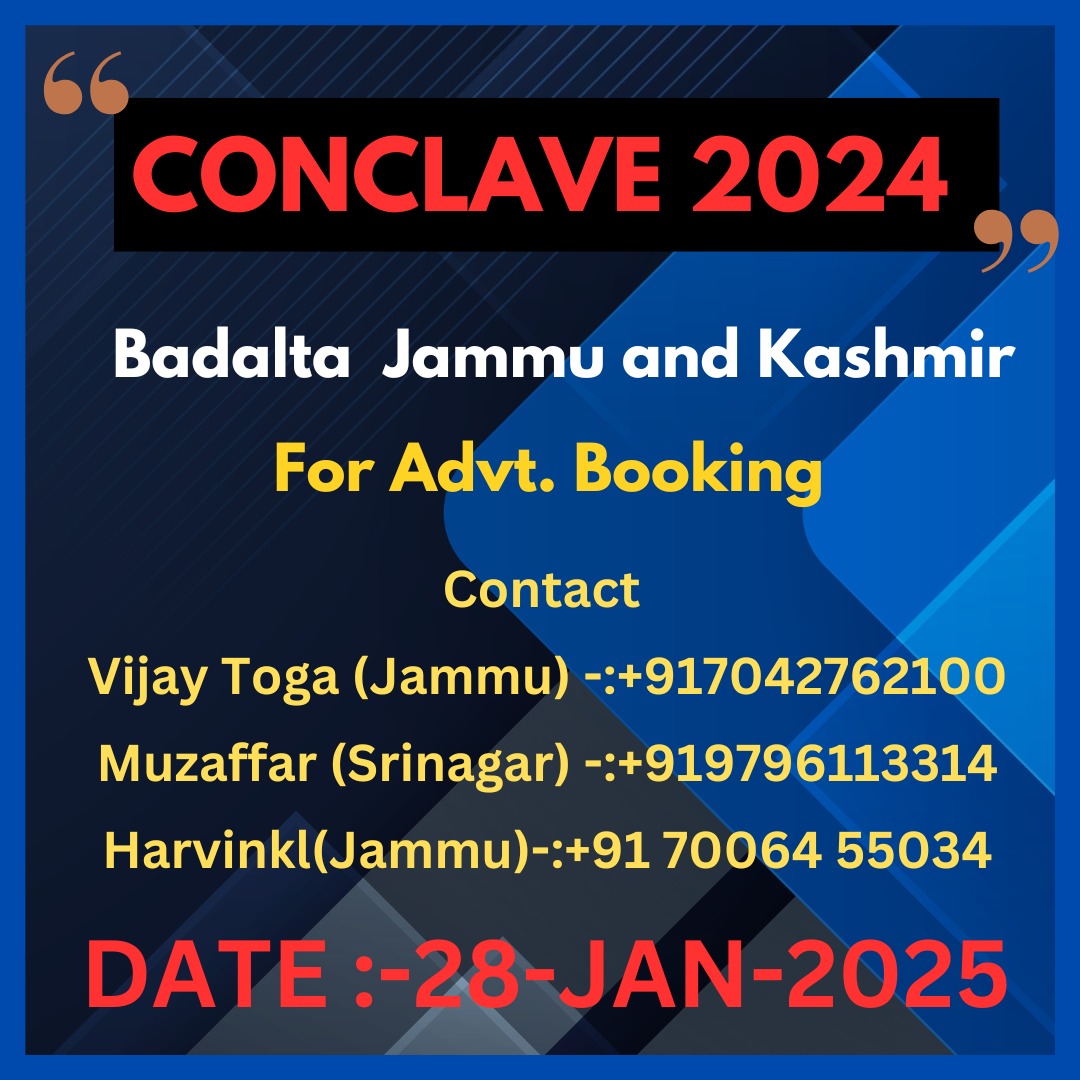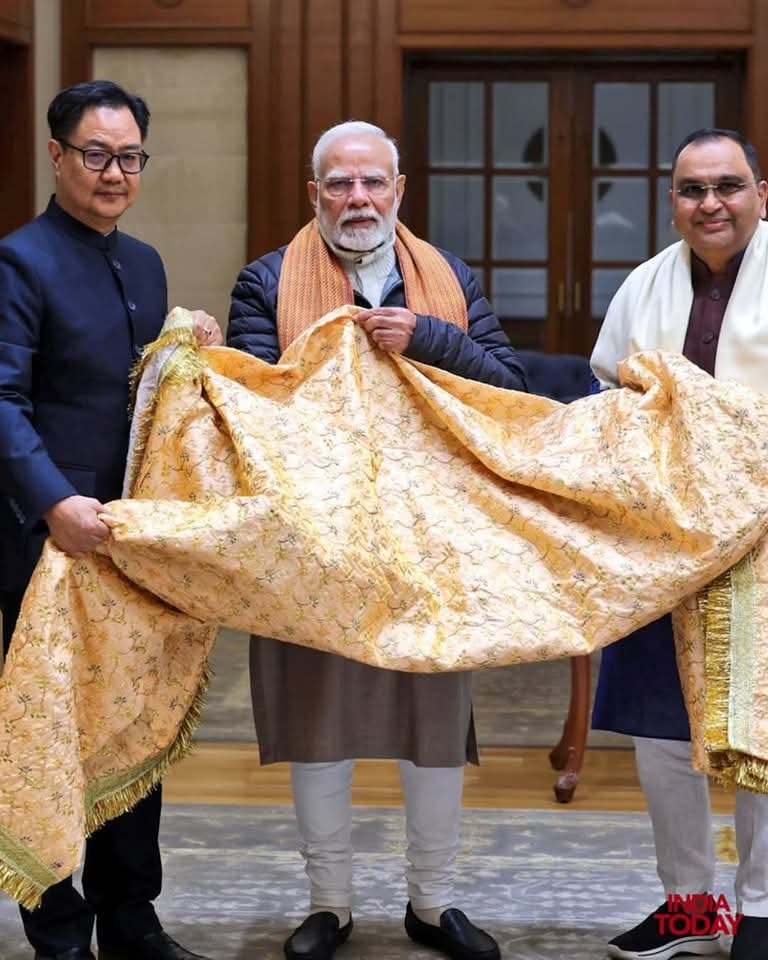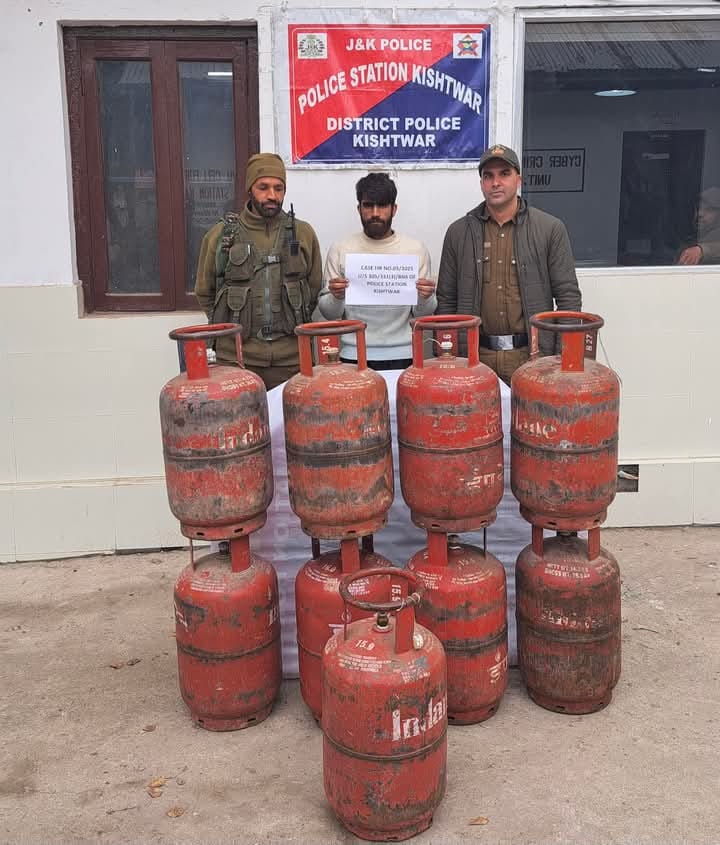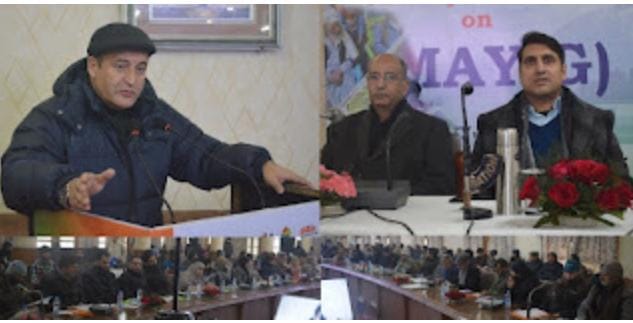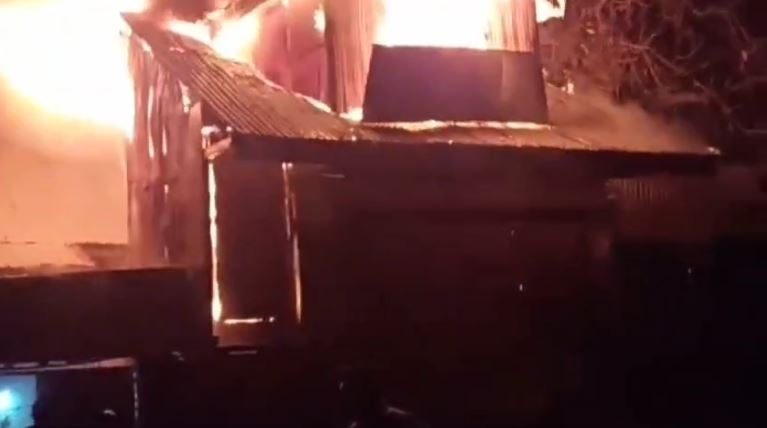Residents of the Kargil and Leh regions of Ladakh have been protesting for over two years seeking special rights and safeguards for the Union Territory. On January 2, the Home Ministry announced that a High Powered Committee would look into the demands. The organisations leading the protests have, however, given the announcement the cold shoulder — the panel, instead of assuaging their concerns, will likely galvanise the protests further.
Disappointment after 2019
The revocation of Jammu and Kashmir’s special status and bifurcation of the erstwhile state into two UTs brought joy and a sense of achievement in Buddhist-dominated Leh, but triggered a degree of apprehension in Muslim-dominated Kargil.
Leh had for long sought UT status and separation from J&K’s administrative set-up centred in Srinagar and Jammu. The protection of land belonging to local people was the major concern in Leh. In Kargil, the primary demand was for statehood.
After more than a year had passed after the creation of the UT of Ladakh, concerns began to be raised in both regions over the protection of land, employment, and political representation. In Kargil, the religious leadership and civil society representatives formed the Kargil Democratic Alliance (KDA). In Leh, the Ladakh Buddhist Association (LBA), the region’s strongest religious forum that is part of the
Apex Body of Leh (ABL), an alliance of non-BJP parties, took the lead to press the region’s demands.
An unexpected unity
Soon after Prime Minister Narendra Modi met with the mainstream political leadership of Jammu & Kashmir in June 2021, then MoS Home G Kishan Reddy held a meeting with 11 members of the KDA. Neither meeting was, however, followed up effectively — even though MoS Home Nityanand Rai did visit Leh in late August 2021.
On August 1, in a rare show of unity, the KDA and ABL met in Leh’s Grand Dragon hotel. Dr Siddiq Wahid, academic from Ladakh and former vice-chancellor of the Islamic University of Science and Technology, Awantipora, described the meeting as “an unexpected surprise”.
The two organisations, which had raised their demands separately in their regions for a year, held discussions over five hours. At a press conference later, they put forward a four-point agenda: statehood for Ladakh, safeguards under the Sixth Schedule of the Constitution, reservation of jobs for the youth of Ladakh, and creation of separate parliamentary constituencies for the two parts of the region. This agenda has driven the agitations in the UT ever since.
Growing resentment
More and more voices on the ground have been saying that the safeguards under the now repealed Article 370 worked to protect the interests of Ladakhis as much as Kashmiris. Former J&K minister and senior Congress leader in Leh, Nawang Rigzin Jora, said that in seeking to become a UT, Ladakh had not bargained for the loss of its political representation.
“What we asked for was a UT on the lines of Pondicherry — a UT with an elected Assembly. The bureaucracy does not represent the aspirations of the people,” he said. Power is currently concentrated in the L-G’s office in both Srinagar and Leh.
Dr Wahid told that the demand for separate parliamentary constituencies was justified despite the small population of the UT. “In asking for a second Member of Parliament for the UT, Ladakh is safeguarding its hard-earned unity by pre-empting the tendency to divide Leh and Kargil in each election cycle,” he said.
The two districts of Kargil and Leh have different demographic compositions, with Buddhists dominating Leh, and Muslims Kargil. Christians are a small minority of Ladakh’s total 3 lakh population.
Going forward
In the absence of a clear mandate for the committee constituted by the MHA on January 2, both the ABL and KDA leaderships have declined to participate in its meetings.
“Until our demands are clearly identified in the agenda and taken up in the discussions, we are not going to participate in this process,” Sajad Kargili of the KDA said. The Ladakh leaders have also pointed out that the Centre’s committee has no representation of Sunni Muslims from the region, and that several members have been included without the consent of the ABL and KDA.
Interestingly, the demonstrations for the protection of Ladakh’s land and identity are taking place in Jammu, which is part of a different UT. Locals describe this as a sense of “ownership” over J&K that “no constitutional division can take away”.
